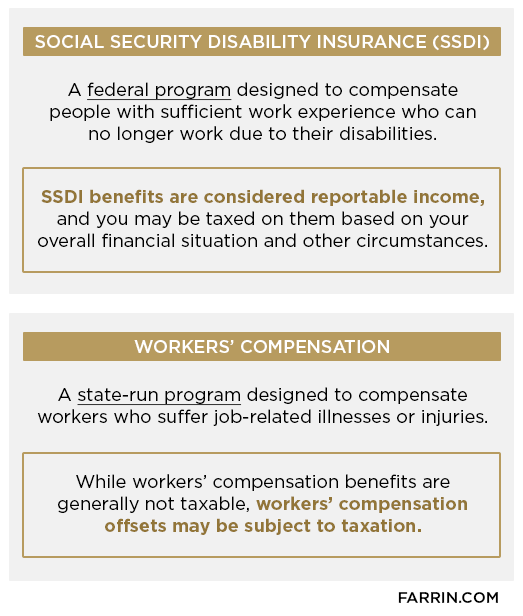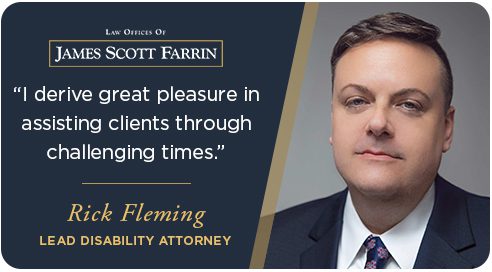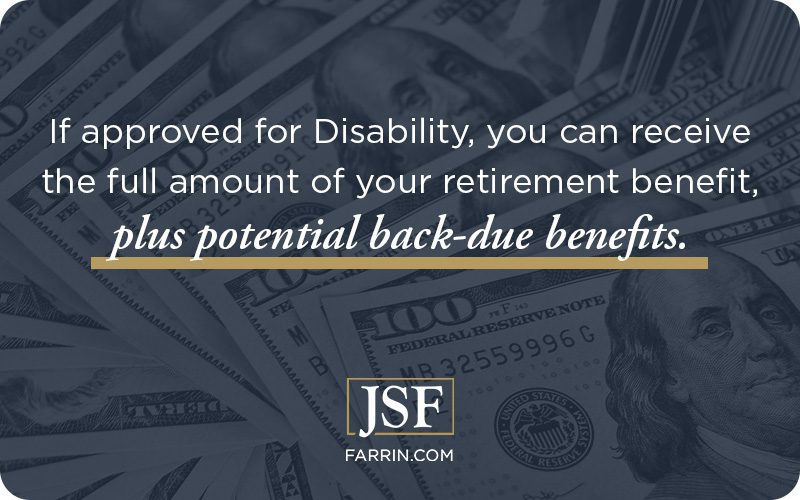There is a misconception that Social Security Disability Insurance (SSDI) benefits are just for older people. That’s a dangerous assumption, as it may prevent younger injured or disabled people in North Carolina from seeking the benefits they need.
In this article, I’ll answer questions that disabled younger workers commonly ask me as a Social Security Disability lawyer. And if you’re injured and need to know if you’re eligible for Social Security Disability benefits, call us today at 1-866-900-7078 or contact us online for a free professional opinion on your case.
What Is the Definition of a “Young Worker?”
Many people expect all Social Security Disability Insurance applicants to be older. But, while most applicants and beneficiaries are over 50 years old, younger workers who meet the eligibility criteria can also receive needed benefits.
People 18-22 Years Old
Disabled people under age 22 may qualify for the SSDI “Disabled Adult Child” benefit. These benefits are linked to the parents’ work and earnings histories. Young people may be eligible for these benefits if their parent or parents are on Social Security Disability or retirement benefits or if one or both parents are deceased.
Note that people aged 18-22 may be insured for SSDI with just six quarters, or 1.5 years, of work. They can also apply for Title XVI benefits, known as Supplemental Security Income (SSI).
People Who Are 22+ Years Old
If you are 22 or older, you must satisfy the “recent work” and “duration of work” tests established by the Social Security Administration (SSA).
Recent Work Test: Before age 24, you may be eligible if you have six quarters of work credit (1.5 years of work) in the three-year period that ended when you became disabled. From age 24 -31, you generally need to have worked half of the time between age 21 and when you became disabled. For example, if you were disabled at age 27, you would generally need 12 credits (3 years of work) since age 21 (six total years) to be eligible.
Duration of Work Test: If you are disabled before you turn 28 years old, you generally need to have worked for 1.5 years to be eligible for benefits.
Example: Mike fell off a roof while working as a painter, injuring his back and disabling him. He turns 24 in three months. He could be eligible for benefits if he worked for 18 months out of the 36 months leading up to his injury.
What Are Common Disabling Injuries for Young People?
For the most part, younger workers face the same threats of disabling injuries as older workers, such as:
 |
Slip and falls |
 |
Burns (chemical, electrocution, and fire-based) |
 |
Lifting injuries |
 |
Contact with objects (such as being caught in machinery) |
Car accidents are also a considerable threat to disable younger people, as they are to all drivers. Many younger people are more likely to participate in “gig economy” jobs that involve driving people or delivering products or food. That kind of work exposes them to a higher risk of car accident injuries, which can take many forms and be disabling.
Illnesses are also not unique to older people. Long-term or crippling illnesses can strike young people as well. Things like cancer and even heart problems are not necessarily age-dependent and can result in disability.
Young people can also become disabled from using a defective drug or product or by a doctor’s medical malpractice.
Why Are Younger Workers Injured More Often at Work?
According to one study, American workers aged 15-24 are up to 2.3x more likely to be injured at work due to workplace hazards associated with younger workers and their jobs, such as:
- the fast pace of work
- inadequate experience
- inadequate supervision
- insufficient safety training
I’ve been helping Social Security Disability applicants for a long time, and I’ve helped quite a few people who most would consider “young” by Social Security Disability Insurance standards. Disability may be more likely as you get older, but unfortunately, it can strike at any time and for any number of reasons. Even if you’re “too young for this to happen,” my team knows how to help you.
Seek Benefits if You’re Disabled, Even if You’re Young
There are many younger people out there struggling unnecessarily when life-changing benefits are available to them. These cases are challenging, however, because the Social Security Administration may be biased against younger applicants due to how Congress originally wrote the Disability regulations. But you don’t have to face this alone.
Having an experienced Disability lawyer on your side can significantly increase your odds of success.
My firm’s mission is to fight for injured people facing difficult circumstances. We’re proud of our You-First Policy that has helped us achieve great results while providing a great client experience.1
And I’ve chosen my team to try to give you the best possible chance of getting the benefits you need. Several members of my team have prior experience working inside the Social Security Administration.
If you’re injured and unable to work, you are not alone, whatever your age. We can evaluate your case for free and help you decide on the best next steps for you. Call us at 1-866-900-7078 or contact us online today.







 How Hard Is It to Get Disability for Anxiety?
How Hard Is It to Get Disability for Anxiety?

 The Social Security Administration has agreed to a settlement that some say is the first of its kind and that requires the agency to provide staff training and assistance to two mentally disabled men who lost benefits.
The Social Security Administration has agreed to a settlement that some say is the first of its kind and that requires the agency to provide staff training and assistance to two mentally disabled men who lost benefits.